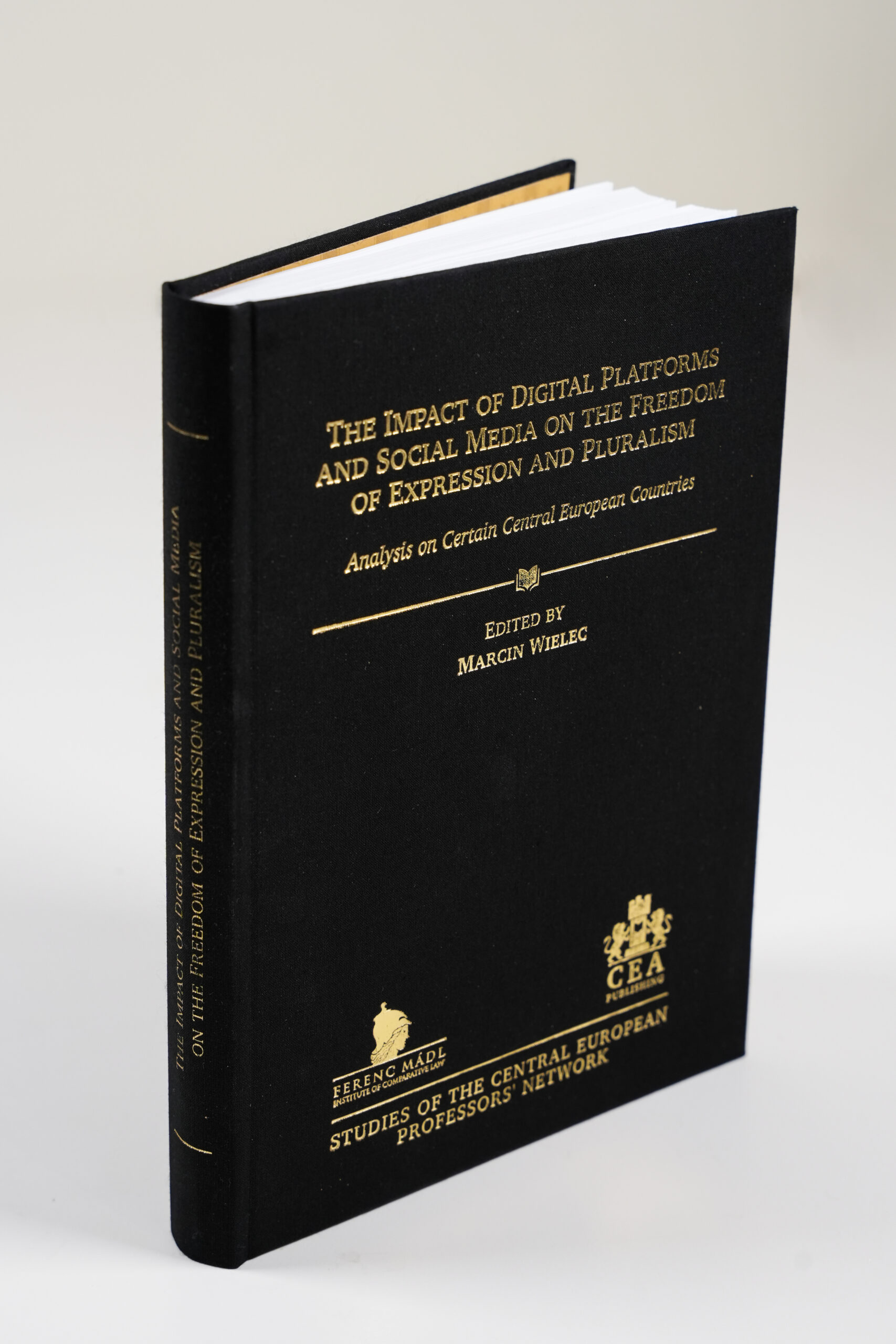Nowadays, people have no choice but to use technological advances. In contrast to five or ten years ago, the present is a completely different reality in terms of technological possibilities, the dissemination of information, forging personal relationships, networking, etc. The fast-paced emergence of technological innovations means that everyday and professional life in communities has—or, it would seem, should— become, easier, more interesting, and above all, more effective.
The goal of new technologies, broadly understood, is precisely to shorten certain social and professional distances and facilitate processes that, so far, have been indispensable but highly complex. It is rightly assumed that “new information technologies, with the Internet at the forefront, spread around the world in less than 20 years, from the mid-1970s to the mid-1990s”1 and have become usual amenities used in everyday life.
One of the outcomes brought about by these changes is the emergence of a parallel, and sometimes even alternative, reality. This is linked to the emergence, rapid growth, and deployment of digitization and digitalization, which have entered various areas of life with extraordinary impetus, bringing solutions that were previously deemed impossible to design and implement. These new possibilities have led to the emergence of a different reality that offers previously unknown options for designing and performing ordinary activities.
For the purposes of this analysis, the fundamental question is what digitization and digitalization actually are, as these appear to be the driving force and the basis for change. They provide the inherent ecosystem (zone) in which momentous changes have and will continue to take place. The zone delimited by digitization and digitalization has been occupied and leveraged, among others, by digital platforms, which have become one of the key accessories to the phenomenon of fake news that we set out to analyze in this paper.
At first impression, when describing digitization as a mechanical activation of a series of tasks undertaken in succession, one may simply point out that it is actually a process inextricably linked with the transformation of the original form of some material or immaterial entity into a complex and new type of digital recording, in which the natural form of the entity being recorded is transformed into a numerical representation, that is, a specific and systemically ordered sequence of numerical values. For example, definitions have been put forward that “scans of historical documents published on the Internet are numbers in digital format, which, in order to be human readable, must be reconstructed using appropriate software.”2 This is the simplest possible illustration of the digitization process, which involves changing something’s original form into a digital form.
This is the basic definition of the process, as it is assumes that digitization is “the transformation of any analogue form of a document (book, image, sound) into a binary form, (…) or rather digitization is equivalent to scanning analogue material and processing it into a digital form.”3 Going further into another domain, digitalization is the process of transforming individual analogue information streams into digital form, or the way in which countries, organizations, and companies adopt or increase the use of information and communication technologies (ICT).
Marcin Wielec



